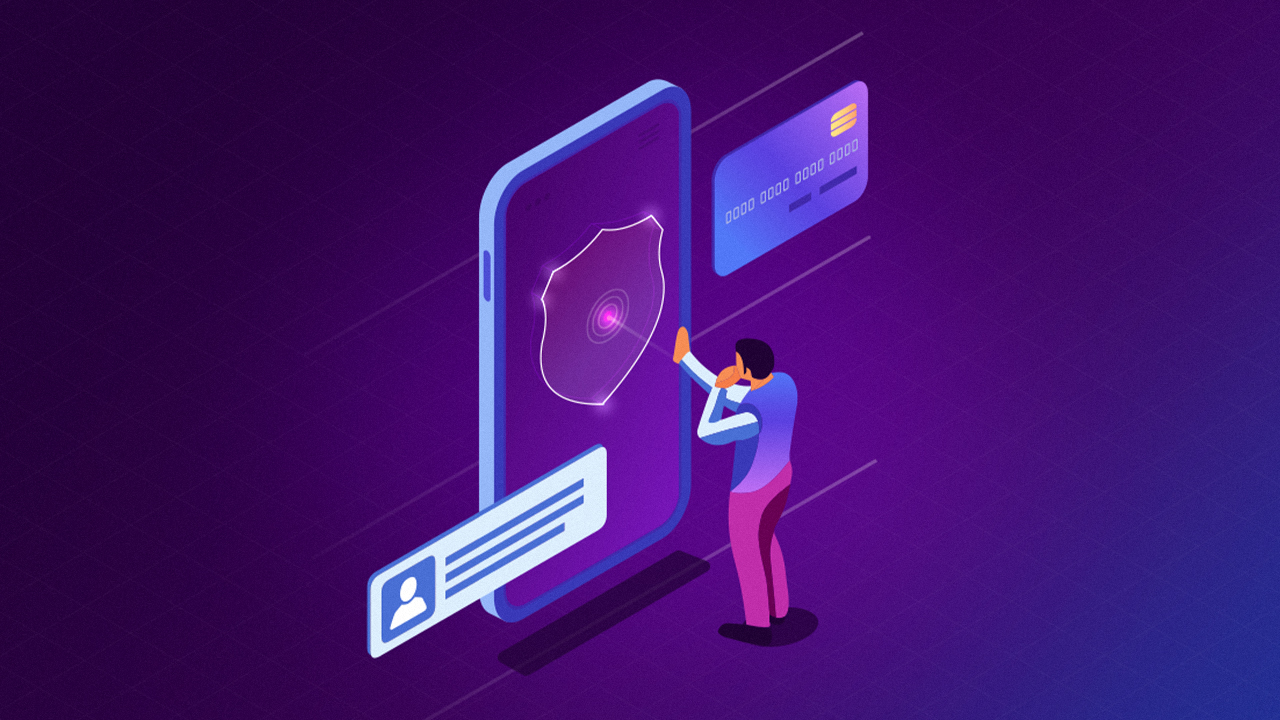So far in the GlobaliD 101 series, we’ve explored:
- Part 1: What a smart and humanistic approach to digital identity would like
- Part 2: The Trust Triangle — the system of issuers, holders, and verifiers that illustrates how identity works (and how it’s broken, today)
Now, we’re getting to the exciting part. We know identity is broken. We also know what great digital identity that works for you, the individual, looks like.
But how do we get there?
The first step is to make digital identity incredibly convenient, fun, and useful for end users. These are the people who will go out and interact with their communities, purchase goods and services, and build businesses.
In the physical world, we rely on identifying documentation. That might be your driver’s license, your insurance card, or your passport. In our daily lives, we’ll keep the most commonly used forms of ID in our wallet.
In the digital future, things won’t look all that different. You’ll keep digital forms of relevant documents in your digital ID wallet.
It’s easy to understand the benefits of digitization:
- It’s convenient. All your relevant documents are in one accessible place. The only thing you’ll need to keep in your actual wallet is cash. As the digital identity ecosystem develops, your interactions and transactions will become seamless.
- It’s yours. This is your ID wallet. You own and control your identity and your data.
- It’s secure. If you lose your wallet, it’s gone, and your information is out there. That’s not the case with a locked smartphone. Plus, you’ll have a backup. Another aspect is the ability to selectively share only relevant data. If you’re buying a bottle of wine, you don’t need to share your entire driver’s license. You don’t even need to share your actual date of birth. You only need to share the fact that you’re over 21 (for those in the U.S.).
Big Tech companies like Apple are already making progress on this front, piloting a program that allows users to keep their driver’s license in their Apple Wallet. The difference with Apple’s approach, of course, is that their solution isn’t portable or interoperable. In regular person terms, it just means that you’re stuck on Apple’s closed ecosystem — no surprise.
While progress is being made, these are still early days. Apple’s pilot, for instance, will be rolled out in a limited number of states.
All of which means that people are still sending photos of their driver’s license to their AirBnb host for identity verification.
That’s crazy insecure!
What if instead, you could securely and selectively share your ID with an expiring link? Your name and photo will be visible but other private details will be blurred out. Your Airbnb now believes you are who you say you are because they also trust the issuer of your digital credential. Likewise, you don’t have to worry that a copy of your full license is on a stranger’s phone forever. Everyone rests easy, and you enjoy the heck out of your vacation.
Need to provide a copy of your ID to an AirBNB host? Just send them a link to your driver’s license which you’ve stored in your ID wallet. You can make your name and photo visible, while everything else is blurred out. That way the host only sees what you want them to. You can also set a time limit for how long your ID is available. That way nobody has a copy of your license indefinitely.
The same applies across all your online interactions and transactions. No more taking photos of your ID for each new platform or service. No more digging through the safe for your passport. No more calling the customer support because you lost your insurance card.
Life is just easier with a digital ID wallet.
Venture into the digital future confidently
What’s even more exciting is where we go from here. With people using a trusted ID wallet, businesses (verifiers) can rethink how they manage identity and trust in the context of their customers, an effort that costs businesses $592 trillion per day.
The World Wide Web Consortium (w3c) also reached a major milestone this month around digital identifier (DID) standards, which will become a formal recommendation despite pushback from Big Tech. Just like the internet, open and interoperable protocols will allow any company or project to easily integrate these digital identity standards, paving the way toward mainstream adoption and far-reaching accessibility.
Since your digital identity is built on open standards, your identity will also be portable like your mobile phone number is today. Rather than being stuck with a certain provider or platform, you’ll be able to easily transfer your identity from one ID wallet to another. Software developers will compete for your patronage by developing the best possible products.
Imagine a world where you own your identity and your data rather than corporations or the government. You finally hold the keys to your own destiny. You share only what you need to in a secure and private fashion. Rather than logging onto your Facebook account, you log on as you.
And unlike your Facebook account, which isn’t all that credible, you’ll be able to do important things with your digital identity, such as remotely opening up a bank account. Since digital formats are far more flexible in the context of expressing trust and reputation, this will have a profound impact on financial inclusion for the billions of people who lack traditional identifying documentation.
In the future, we’ll see a convergence between our physical and digital identities with everything easily managed in one place. With one identity, you’ll be able to purchase celebratory drinks with your friends or hang out in the Metaverse.
It all starts with your ID wallet.
Follow us on Twitter, LinkedIn and YouTube to learn more about GlobaliD.

